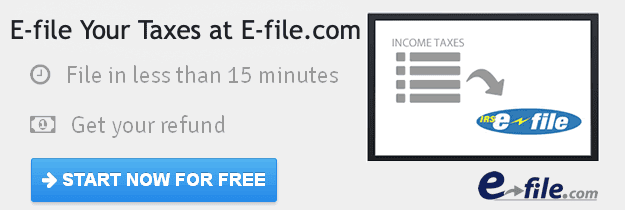 ?>
?>
Tax Form 1040
An individual filing their taxes in the United States will become extremely familiar with this series of IRS form. The 1040 is the staple for individual persons filing their income tax return. The form consists of two pages: the first obtains information about the taxpayer, dependents, income items, and adjustments to income and the second deals with deductions and credits. Filing income tax returns with the 1040 may require you to fill out more than just the few pages. These extra pages or schedules are needed according to certain stipulations such as whether or not the taxpayer received dividends that totaled more than $1,500. There are up to 11 schedules included with the 1040.
Aside from the traditional 1040 form and its schedules, there are also other versions of the form depending upon the individual’s income tax situation. The variations of the form include the 1040A, the 1040EX, and the 1040X. The 1040A is designed for taxpayers with an income lower than $100,000 and are claiming the standard deduction. The 1040A is referred to as the "short form" because of its length and intended simplicity. The 1040EZ is even simpler and is for single and joint filers without dependents, and again, with taxable income below $100,000. The 1040X is a form used to make corrections to a previously filed 1040.
In order to prepare the form for review by the IRS, the preparer would most likely need financial information found on one’s W-2 and 1099.
- File Taxes at E-file.com
- The Free File Program
- The Free File Alliance
- Free File Qualification
- Ways to Free File
- What is E-Filing
- Information Needed
- Why Should I Efile
- Free File Providers Who Qualifies?>
- Other Tax Articles
- Free Efile
- Tax Extension
- Tax Filing Software
- Terms of Use
- Privacy Policy
- About This Site


 ?>
?> 